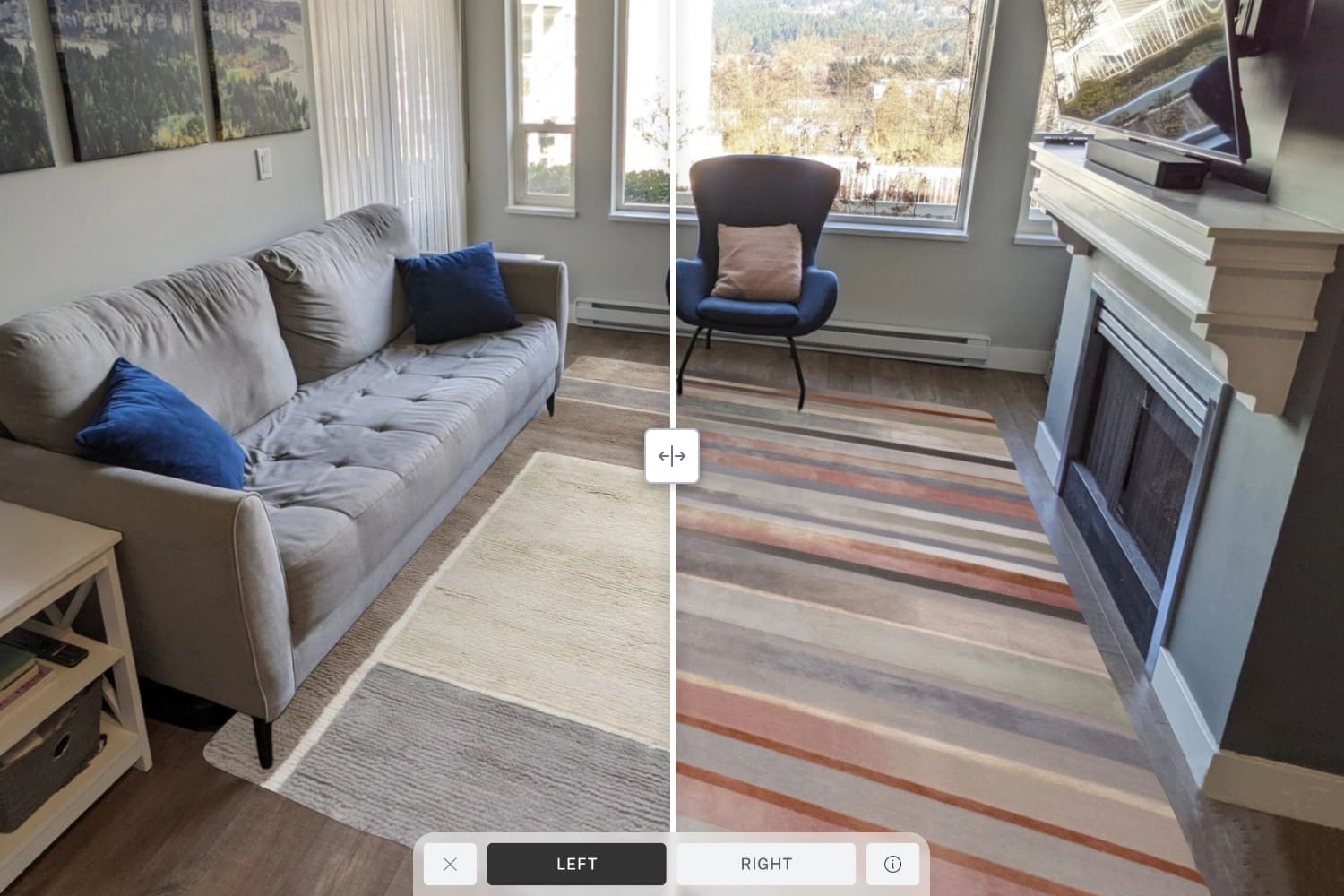Where do people go when they’re looking for information about a home improvement project, product, or business? For inspiration, they might turn to a social media platform like Pinterest. If you’re lucky, they’ll come directly to your website. Or, in a lot of cases, they’ll just Google it.
And therein lies the value of search engine optimization (SEO).
SEO is a set of processes designed to help your website pages rank higher on Google and other search engines. As the following statistics illustrate, this matters more than you might think.
- More than 90% of global website traffic comes from Google (SparkToro)
- The top three Google search results get 54.4% of all clicks (Backlinko)
- Just 0.63% of Google searchers click on something from the second page (Backlinko)
Having an SEO strategy, therefore, is one of the best ways to attract more visitors to your home decor/improvement website, and, ultimately, increase your chance of making a sale — especially when you consider that younger generations, in particular, are beginning their home improvement journeys online.
Ready to start?
Here’s how to improve your search ranking using SEO.
Conduct keyword research
One of the first steps to SEO is determining what terms, or “keywords,” your target customers are entering into search engines. To start, put yourself in your customers’ shoes and brainstorm some generic words or short phrases they might use to find your products/services.
If you sell tile, for instance, some examples might include:
- Tile
- Ceramic tile
- Porcelain tile
- Floor tile
- Wall tile
- Backsplash tile
- Countertops
- Bathroom renovation
- Kitchen renovation
These are considered your “seed” keywords, and there are some different ways to find them.
Next, you’ll want to input these seed keywords into a keyword research tool — Semrush, Moz Keyword Explorer, Ahrefs, and Google Keyword Planner are among the more popular options. These tools will spit out a list of common search queries related to your input based on monthly search volume, along with some other helpful metrics that indicate how difficult it might be to rank ahead of competitors on the first page of search results.
Now, you have some real insights to go off.
With “kitchen renovation,” for example, it turns out that keywords like “kitchen remodel” and “kitchen design ideas” have far higher monthly search volumes, according to the Moz Keyword Explorer. And this could help inform the language you’re using on your website.
Gather long-tail keywords
As part of your keyword research, make sure to pull a variety of “long-tail keywords,” typically made up of three or more words, from the list of recommendations.
Long-tail keywords have lower search volume, but that’s not necessarily a bad thing. Lower search volume means less competition, which makes it easier to rank. Additionally, long-tail keywords are more specific and therefore come with a “higher level of intent,” as Semrush explains, which will give you a better chance for conversion.
If you’re a flooring manufacturer or retailer, perhaps “vinyl flooring” is one of your seed keywords. When inputted into the Moz Keyword Explorer, here are some of the long-tail keywords that appear (along with their monthly search volume in the U.S.).
- “How to install vinyl plank flooring” (5,018)
- “Waterproof vinyl plank flooring” (4,050)
- “Vinyl flooring vs. laminate” (1,360)
In total, long-tail keywords make up the vast majority of searches on Google. Find the right ones, and you’ll be armed with one of the most useful pieces of information to help build out the rest of your SEO strategy.
Add keywords to your website
Once you’ve identified the best keywords for your business, based on relevance to your products/services and some of the factors listed above, it’s time to add them to your website.
According to HubSpot, these are the most optimal locations to place them.
- Titles
- Descriptions
- Headings & Content
- Image Titles & Alt Text
- URLs
This applies to all areas of your website, though it’s important to consider a user’s “search intent” when deciding how and where to incorporate your keywords.
On your category pages, you might be able to find success with shorter keywords that have high search volume — something like “vinyl plank flooring” if we’re continuing with the example above. Or, as a tile business, you could create a landing page for “kitchen design ideas,” knowing it’s a popular search query. Whereas on your product pages, and in your content, you should get more specific and use some of those long-tail keywords to gain more qualified leads.
Just make sure you’re not “keyword stuffing,” the practice of using a keyword over and over again on the same page to try and manipulate your ranking. It will ruin your customer’s experience and could get flagged as spam, harming your ranking instead of improving it.
Get blogging
Blogging is a proven method to improve your organic search traffic.
That’s because it helps you target more long-tail keywords and cover those topics in greater detail than you could on the more “transactional” sections of your website, making it easier to answer the different types of questions people are asking on search engines.
The Home Depot, for example, has a post for “How to install vinyl plank flooring,” which, if you recall, was one of the exact long-tail keywords we discovered earlier. While this is more of a landing page, it’s a great example of the type of content you can cover in your blog.
Unsurprisingly, it ranks prominently in searches for this topic.
Businesses with blogs also have 97% more inbound links and 434% more indexed pages – both of which are confirmed ranking factors – and 55% more visitors, according to Hubspot.
The benefits can be vast, provided you’re following Blog SEO best practices.
Don’t forget about Technical SEO
None of the steps we’ve covered above will matter if search engines can’t access, or “crawl,” your web pages. If they can’t access them, they can’t rank them.
This is where Technical SEO comes into play.
As Semrush explains, Technical SEO usually entails submitting your sitemap to Google, creating an SEO-friendly site structure, improving your website’s speed, and making your website mobile-friendly, among other tasks.
So, in addition to the more technical elements, home decor/improvement businesses should be cognizant of image, video, and/or PDF file sizes that could slow load time — and compress them as needed.
Localize SEO for physical stores
Local SEO is important when promoting your physical showrooms. Ensure that your business ranks high in search results by making them as relevant as possible to the searcher’s location. Google’s algorithms prioritize proximity, making it crucial for home decor businesses to capitalize on their geographical advantage.
Maintaining an active, accurate Google Business Profile is crucial for visibility, as well as providing valuable information to potential customers, such as your location, contact details, and reviews.
In addition, the locations your business services are critical keywords to include in the content placements for local SEO, such as titles, descriptions, headings, and other relevant areas.
How Roomvo can help
If you’re a flooring dealer looking to overhaul your entire site for SEO but you don’t have the resources to allocate, Roomvo Sites could be the ideal solution. Roomvo Sites are complete, professionally-designed websites, designed to optimize your search engine ranking and attract more shoppers to your site.
Once customers have landed on your website, you’ll want them to engage with your products, and, ultimately, order a sample or make a purchase. Roomvo excels here too.
Roomvo is an industry-leading room visualization platform that allows customers to virtually preview your floors, rugs, countertops, wall coverings, and paint in their own homes. Such augmented reality-powered tools can indirectly improve your search ranking by increasing time on-site, generating high-quality product images, and enhancing the user experience — something that Google is known to value.
More importantly, customers visualizing your products using Roomvo are up to 5x more likely to make a purchase. So, by adding references to your visualizer on product pages, landing pages, blogs, and other areas of your website that are being discovered on search engines, you’ll be giving yourself a much better chance of turning your SEO efforts into sales.
Written by:
-

Farhan Devji is a published author and content writer who’s written for some of Canada’s biggest newspapers and worked in communications/marketing for close to a decade. His new book, Alphonso Davies: A New Hope, was published in May 2023 with ECW Press.






